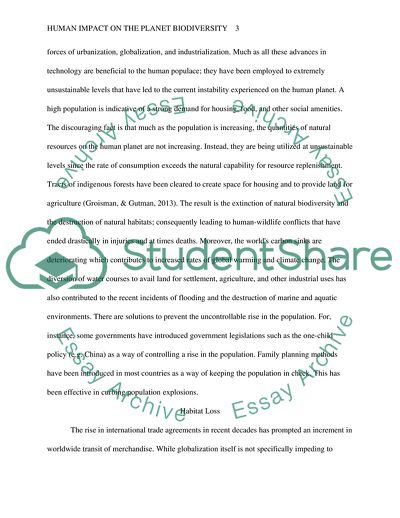Cite this document
(Human Impact on the Planet Biodiversity Coursework, n.d.)
Human Impact on the Planet Biodiversity Coursework. https://studentshare.org/biology/1878466-human-impact-on-the-planet-biodiversity
Human Impact on the Planet Biodiversity Coursework. https://studentshare.org/biology/1878466-human-impact-on-the-planet-biodiversity
(Human Impact on the Planet Biodiversity Coursework)
Human Impact on the Planet Biodiversity Coursework. https://studentshare.org/biology/1878466-human-impact-on-the-planet-biodiversity.
Human Impact on the Planet Biodiversity Coursework. https://studentshare.org/biology/1878466-human-impact-on-the-planet-biodiversity.
“Human Impact on the Planet Biodiversity Coursework”. https://studentshare.org/biology/1878466-human-impact-on-the-planet-biodiversity.


